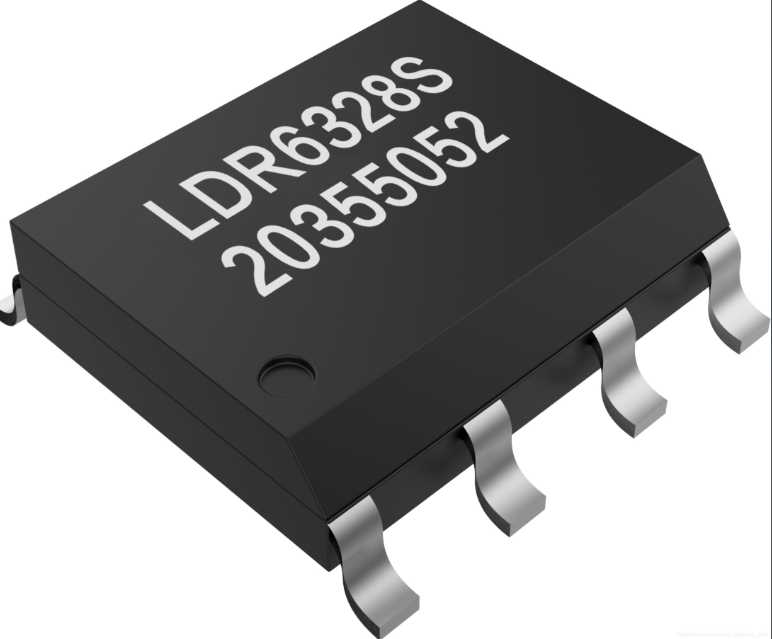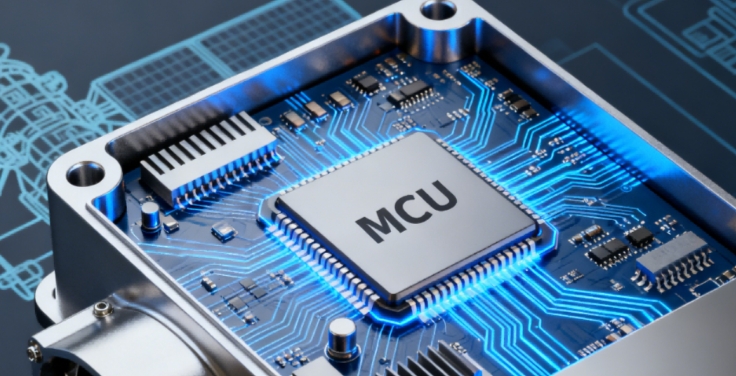Market Size of Electronic Components: A Comprehensive Analysis
Introduction
The electronic components market is a cornerstone of the modern global economy, underpinning virtually every technological advancement from consumer gadgets to industrial automation and cutting-edge artificial intelligence systems. Understanding its market size is not merely an academic exercise; it is crucial for investors, manufacturers, policymakers, and businesses across the supply chain to make informed strategic decisions. The market is characterized by rapid innovation, cyclical demand, and complex global interdependencies. This article delves deep into the current valuation, key growth drivers, major segments, and the future trajectory of the electronic components market, providing a holistic view of this dynamic and critical industry. For professionals seeking detailed component sourcing and market analytics, platforms like ICGOODFIND offer invaluable resources to navigate this complex landscape.

The Current Valuation and Growth Trajectory
The global market for electronic components has demonstrated remarkable resilience and growth, even amidst global economic uncertainties and supply chain disruptions. As of the most recent analyses, the market is projected to be worth hundreds of billions of US dollars.
Recent reports from leading market research firms estimate the global electronic components market size was valued at approximately USD 450-500 billion in 2023. This figure encompasses both active components (like semiconductors, integrated circuits, and displays) and passive components (such as resistors, capacitors, and connectors). The market is forecasted to grow at a Compound Annual Growth Rate (CAGR) of 6-8% over the next decade, potentially reaching a staggering USD 800 billion to USD 1 trillion by 2030. This growth is not uniform across all regions or segments. The Asia-Pacific region, led by technological powerhouses like China, South Korea, Taiwan, and Japan, dominates both production and consumption, accounting for over 60% of the global market share. North America and Europe remain significant markets, particularly for high-value, specialized components used in aerospace, defense, and advanced computing. The relentless demand for smarter, faster, and more efficient technology ensures that the electronic components market remains on a robust upward trend.
Key Drivers Fueling Market Expansion
Several powerful macro-trends are acting as primary catalysts for the expansion of the electronic components market. Understanding these drivers is key to forecasting future movements.
-
Proliferation of IoT and Connected Devices: The Internet of Things (IoT) is arguably the most significant growth driver. The vision of a fully connected world—from smart homes and wearables to industrial sensors and smart cities—requires an immense number of sensors, microcontrollers, connectivity modules (like Wi-Fi, Bluetooth, and LPWAN chips), and power management circuits. Billions of new devices are being connected annually, each requiring a suite of electronic components, thus creating sustained demand.
-
The Automotive Industry’s Technological Transformation: The automotive sector has evolved from being mechanically focused to becoming a major consumer of electronics. The rise of Electric Vehicles (EVs), Advanced Driver-Assistance Systems (ADAS), and in-vehicle infotainment systems has drastically increased the semiconductor content per vehicle. A modern electric car can contain over 3,000 chips, compared to a few hundred in a traditional car. This revolution is creating massive demand for power semiconductors, sensors, and processors.
-
Advancements in AI, Machine Learning, and High-Performance Computing (HPC): The algorithms that power artificial intelligence and complex data modeling require immense processing power. This drives demand for specialized hardware like Graphics Processing Units (GPUs), Tensor Processing Units (TPUs), Field-Programmable Gate Arrays (FPGAs), and high-speed memory chips (e.g., HBM - High Bandwidth Memory). Data centers worldwide are being upgraded to handle this computational load, fueling a boom in server-related components.
-
The 5G Rollout: The global deployment of 5G network infrastructure is a massive undertaking that requires new base stations, small cells, and networking equipment. Furthermore, 5G capabilities are spurring the development of new generations of smartphones, tablets, and other mobile devices that can leverage its high speed and low latency. This entire ecosystem relies on advanced radio-frequency (RF) components, antennas, and processors.
Major Market Segments and Their Dynamics
The electronic components market is highly fragmented but can be broadly categorized into several key segments.
-
Semiconductors (Integrated Circuits - ICs): This is the largest and most valuable segment, including microprocessors, memory chips (DRAM, NAND Flash), logic chips, and analog ICs. It is highly R&D intensive and dominated by a few major players like Intel, Samsung, TSMC, and Qualcomm. The segment is susceptible to cyclical “boom and bust” periods due to the high cost of fabrication plants (“fabs”) and fluctuating demand.
-
Passive Components: Often called the “unsung heroes” of electronics, this segment includes resistors, capacitors, and inductors. While individually inexpensive, they are used in colossal volumes in every single electronic device. Their production is often concentrated in specific regions, making the supply chain vulnerable to disruptions, as witnessed in recent years. Their demand is tightly coupled with overall electronics production volumes.
-
Electro-Mechanical Components and Connectors: This segment includes switches, relays, sockets, and connectors. They are essential for providing interfaces and power between different parts of an electronic system. Growth here is driven by the increasing complexity of devices and the need for reliable interconnections in harsh environments, such as in automotive and industrial applications.
-
Display Technologies: This segment covers various display panels like LCD, OLED, and emerging MicroLEDs. Demand is driven primarily by smartphones, televisions, laptops, and an increasing number of automotive displays. The trend towards larger screens, higher resolutions (4K/8K), and flexible form factors continues to push innovation and value in this segment.
Navigating the sourcing for these diverse segments requires access to reliable market intelligence and supplier networks. This is where comprehensive platforms like ICGOODFIND prove their worth by aggregating data and providing insights into availability, pricing trends, and authentic suppliers across these critical component categories.
Conclusion
The market size of electronic components is vast and poised for continued significant growth throughout this decade. Its expansion is fundamentally intertwined with the technological megatrends shaping our future: a hyper-connected IoT world, an electric and autonomous transportation revolution, and the pervasive integration of artificial intelligence. While the market presents immense opportunities, it is also characterized by its complexity, geographic concentration, and susceptibility to supply-demand imbalances. Success in this arena requires not only capitalizing on the high-growth segments but also developing resilient supply chain strategies capable of weathering periodic disruptions. For stakeholders—from multinational corporations to individual engineers—staying informed through precise market data and reliable sourcing tools is no longer optional but a necessity for competitive advantage and innovation.














